
Here’s How 5 Bathrooms From Famous Paintings Would Look In Real Life By Qssupplies
Apparently, many artists out there have painted bathrooms. These six paintings highlight the interiors, mood, and general vibe of the bathrooms at the time they were painted. Most of them are quite surreal and tell some sort of a story. Some of them show the interior of the bathrooms and how they used to look like.
Artists from Qssupplies decided to bring these six bathrooms from famous paintings to life. They created detailed digital renders of what they might look like if they were real, while still keeping the style and mood of the original painting. Perhaps these recreations will inspire you to remake your own bathroom?
More info: qssupplies.co.uk
Perkins Harnly, Bathroom (1935)
Image credits: qssupplies
Image credits: qssupplies
“Perkins Harnly is something of an anachronism. His life spanned the 20th century, but he is best known for the Victorian interiors he recorded for the Index of American Design during the depression. The bathroom is one such work. That’s why it is so detailed and realistic—although a sense of Harnly’s loneliness is present.
This particular Victorian bathroom is elegant and exquisite—and a far cry from the minimalist trends of the 20th century. Details such as the wood paneling and the Chinese-style folding screen add an instant sense of history and luxury. This is a bathroom that was designed to spend time in.”
Fernando Botero, The Bathroom (1932)
Image credits: qssupplies
Image credits: qssupplies
“Fernando Botero is the self-styled ‘most Colombian of Colombian artists.’ He paints in a ‘post-abstract realist’ style more succinctly known as Boterismo. His pictures conjure a realistic world filtered through memory—the figure, fixtures, and furniture of his bathroom inflating to feel more real than real. “It is to make them sensual that I let my characters swell,” says Botero.
Botero has painted numerous narrow bathroom scenes like this, but they tend to seem intimate rather than claustrophobic. If you’re working with a tight bathroom space at home, try expanding the space with bright, unbroken colors (no patterns), a freestanding bath (to accentuate floor space), and a sense of fun.”
Roy Lichtenstein, Bathroom (1961)
Image credits: qssupplies
Image credits: qssupplies
“This bathroom is one of seventy black-and-white works that pop artist Lichtenstein created in the 1960s. By restricting himself to the industrial-commercial style of adverts and comics, Lichtenstein found his own ‘voice,’ despite the apparent anonymity of the work. The bathroom in this oil painting is both anonymous (inspired by drab bathroom brochures) and bursting with character.
Lichtenstein’s Bathroom is the perfect model for homeowners looking for a suite that’s stylish without being showy. The painter revels in industrial touches such as the exposed pipes and repetitive tiling. Keeping to a monochrome color scheme (even the towels) and tidying away clutter will keep your smaller bathroom looking like a fancy gallery space.”
Carl Larsson, Bathroom Scene, Lisbeth (1909)
Image credits: qssupplies
Image credits: qssupplies
“Carl Larsson was a Swedish painter born in 1853. Lisbeth, pictured, is the fourth of the prolific painter’s eight children. Karin Bergöö, Larsson’s wife, was also an artist. While they raised their family, much of her creative power went into the interior design of their timbered home, Lilla Hyttnäs, in an Arts and Crafts style.
You’ve got to love that tub and vintage-style exposed pipes. And if walls a shade of ‘creativity green’ never go out of fashion, how about a Scandi-style sauna underfoot? Larsson’s Arts and Crafts bathroom demonstrates that it doesn’t matter how much money you spend on your bathroom, as long as you pay close attention to every detail.”
Edvard Munch, Marat in the Bath and Charlotte Corday (1930)
Image credits: qssupplies
Image credits: qssupplies
“The bathroom is as ripe for existential crises as it is for creativity. Enter Edvard Munch, the Norwegian ‘father of Expressionism,’ best known for The Scream. Munch’s bathroom is no hyggelig encounter between lovers, but the scene of French revolutionary Jean-Paul Marat’s murder at the hands of Charlotte Corday. And it channels violent events in Munch’s own personal life.
It’s not the jolliest bathroom, then. But the use of marble adds a grandness and cleanliness to the scene. The terracotta tiling feels very European, and the curved doorway softens the austere scene. Munch painted Marat’s death bath twice, and this one is distinctly less bloody than his first attempt.”
8Kviews
Share on FacebookIn the Hockney - I'm more concerned about being able to see a dining setting from the bathroom, than the sight of a bare bum ...
That painting is in the Tate and the model was taken from a picture in a magazine, but there is no reference to the furniture on the other side of the stem wall, unless it is a mirror reflection perhaps? https://www.tate.org.uk/art/artworks/hockney-man-in-shower-in-beverly-hills-t03074
Load More Replies...What was the point of doing this? Somebody had already represented that bathroom. You're just trying to do worse versions of art?
I'm a little confused. Aren't the paintings already "renders of what the bathrooms would look like if they were real"? 3D is just another technique, it's not more or less real than the paintings...
In the Hockney - I'm more concerned about being able to see a dining setting from the bathroom, than the sight of a bare bum ...
That painting is in the Tate and the model was taken from a picture in a magazine, but there is no reference to the furniture on the other side of the stem wall, unless it is a mirror reflection perhaps? https://www.tate.org.uk/art/artworks/hockney-man-in-shower-in-beverly-hills-t03074
Load More Replies...What was the point of doing this? Somebody had already represented that bathroom. You're just trying to do worse versions of art?
I'm a little confused. Aren't the paintings already "renders of what the bathrooms would look like if they were real"? 3D is just another technique, it's not more or less real than the paintings...

 Dark Mode
Dark Mode 

 No fees, cancel anytime
No fees, cancel anytime 





















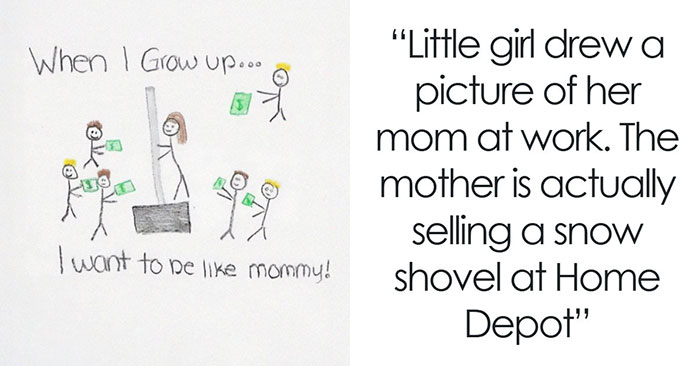

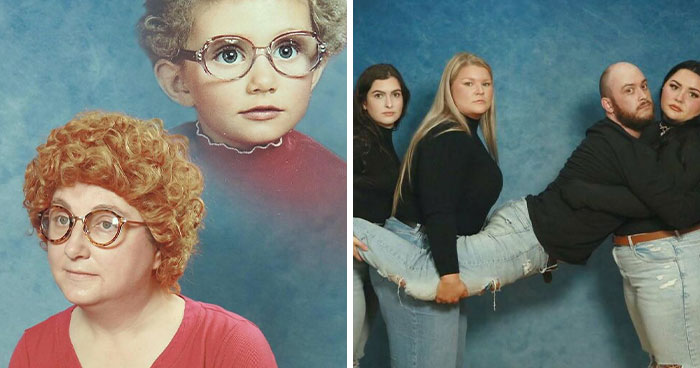

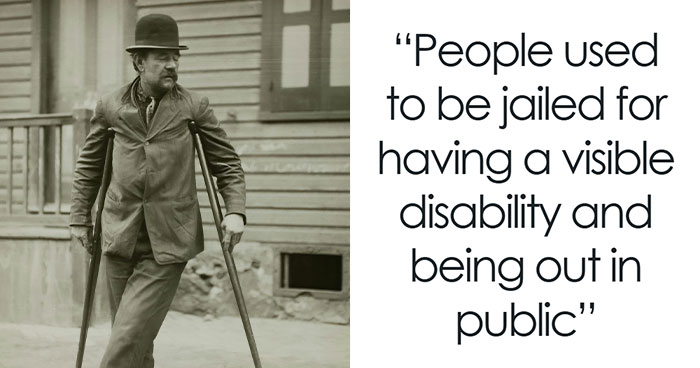
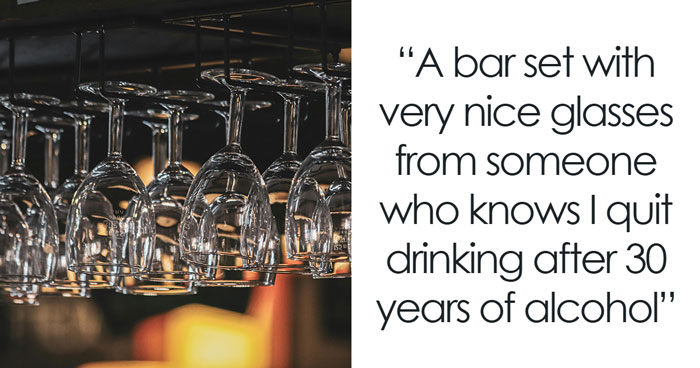










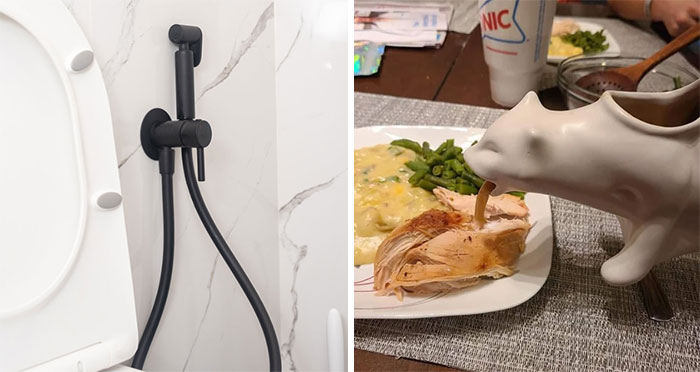

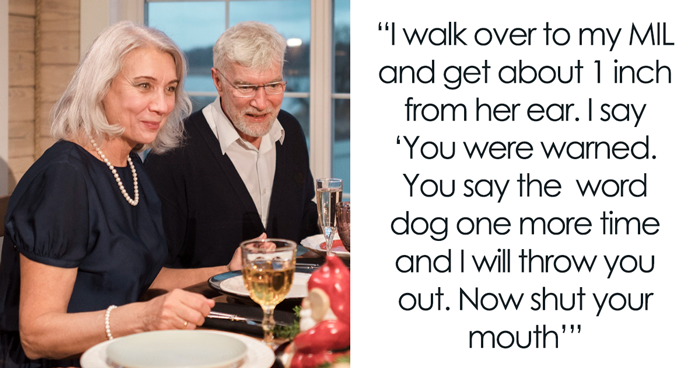




















58
10